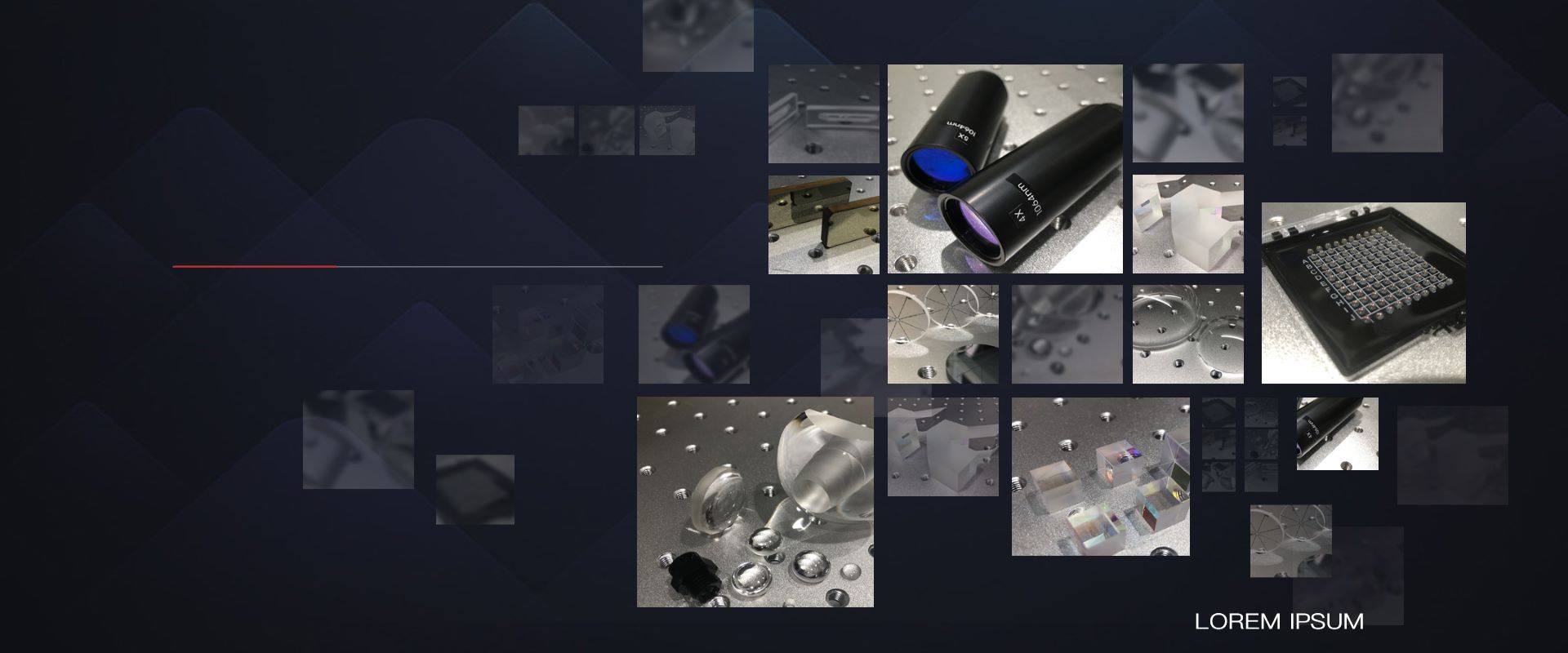Product Center
Product Center
-
Right Angle Prism
Right Angle Prism can be used to bend a beam by 90deg or 180deg, depending on which face is entrance face. We can provide standard right angle prisms from
0.5mm to 50.8mm size. Star Optic also supports customized products.
-
Penta Prism
A pentaprism is a five-sided reflecting prism used to deviate a beam of light by a constant 90°, even if the entry beam is not at 90° to the prism. The beam reflects inside the
prism twice, allowing the transmission of an image through a right angle without inverting it (that is, without changing the image's handedness) as an ordinary right-angle prism
or mirror would.
-
Brewster Prism
Brewster prisms are used to disperse light, that is, to break light up into its spectral components (the colors of the rainbow).
The top angle of the prism can be chosen to influence the exact dispersion characteristics. However, it is typically chosen such that both the incoming and outgoing light rays hit the surface approximately at the Brewster's angle, so that reflection losses are minimized. An example is the use of this type of prisms in prism compressors for generation of ultrafast laser pulses.
-
Wedge Prism
The wedge prism is a prism with a shallow angle between its input and output surfaces. Refraction at the surfaces causes the prism to deflect light by a fixed angle. When
viewing a scene through such a prism, objects will appear to be offset by an amount that varies with their distance from the prism.
Wedge prisms are used to deflect a beam of light by a fixed angle. A pair of such prisms can be used for beam steering; by rotating the prisms the beam can be deflected into
any desired angle within a conical "field of regard". The most commonly found implementation is a Risley prism pair. Two wedge prisms can also be used as an anamorphic pair
to change the shape of a beam. This is used to make a round beam from the elliptical output of a laser diode.
-
Corner Cube Reflector
Corner Cube Retroreflector (CCR) has three mutually perpendicular surfaces and a hypotenuse surface. The exterior CCR is equal to an optical glass cube which is cut down
as its angle. Any ray entering the hypotenuse will be reflected and emerge from the entrance/exit face parallel to itself, but in the opposite direction of propagation if the three
mutually perpendicular surfaces are exactly 90 degree. For its special performance, it is not only used in military affairs, aviation and spaceflight, but also used in the distance
measurement, optical signal process and laser interferometer.
-
Rhomboid Prism
Rhombic prisms are used to displace a beam laterally without changing its direction. They may be coated to transmit part of the beam and produce two parallel and displaced
emerging beams. Can be coated to produce a polarizing beam separator. These prisms are manufactured from either BK7A or Fused Silica. They are supplied uncoated but
many coating options are available.
-
Dove Prism
Dove prism has two applications. The main application is used as image rotator. As the prism is rotated, the image passing through will rotate at twice the angular of the prism. Another application is used as a retroreflector like right angle prism.
Dove prisms are routinely used to invert images or as optical delay lines. They are supplied uncoated but a variety of coating options are available.
UV Fused Silica prisms are recommended for high power applications.
-
Equilateral Prism
Equilateral prism is called dispersing prism. A white light ray is twice refracted passing through the prisms; meanwhile the output different color light can be separated. They are used for wavelength separation application. Star Optic can provide fused silica, BK7 and SF11 materials. BK7 is more durable and has superior transmission, SF11 offers
superior dispersion but it is more fragile and sensitive to training.
-
Half Penta Prism
-
Roof Prism
A roof prism is a reflective optical prism containing a section where two faces meet at a 90° angle. These two 90° faces resemble the roof of a building, giving this prism type its name. Reflection from the two 90° faces returns an image that is flipped laterally across the axis where the faces meet.
